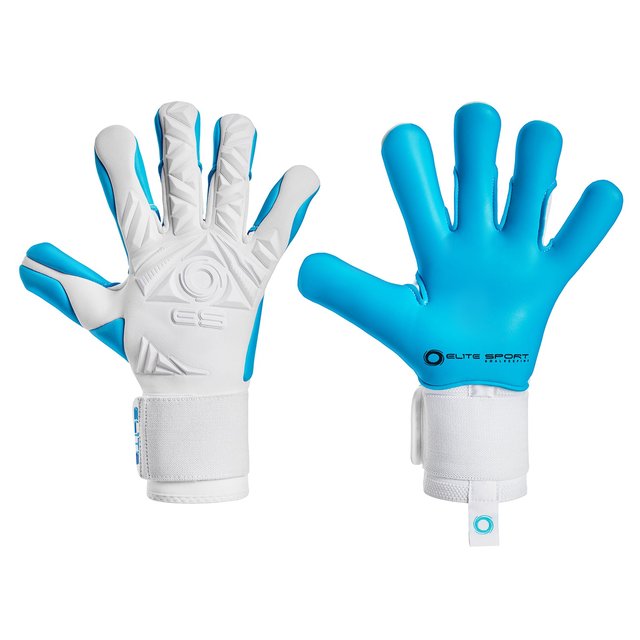Wet-Weather Mastery: Training and Match Strategies with Aqua Goalkeeper Gloves
Opening: Don’t let rain rewrite your game
Rain should never be an excuse for sloppy hands. With the right approach — and the right gloves — keepers can turn wet conditions into a non-issue. This article explains how to integrate wet-weather gloves into training and match prep so you stay sharp no matter the forecast.
The wet pitch difference and what it costs you
On damp grass or water-logged turf, trajectory and bounce change dramatically. Ordinary gloves get heavy, palms degrade, and confidence drops. That’s why a purpose-built solution matters: the marginal gains from reliable gloves show up in cleaner saves and fewer fumbles.
The tech behind the scenes: why aqua goalkeeper gloves grip in the rain
Not all latex is equal. aqua goalkeeper gloves rely on palm compounds engineered to retain micro-roughness when wet. Manufacturers may add water-repelling treatments or multi-compound palms that mix tacky zones with reinforced areas, ensuring catches stay secure instead of slipping away.
Training routines to build wet-weather confidence with aqua goalkeeper gloves
Practicing in the exact conditions you’ll play in is ideal. Use aqua goalkeeper gloves in rainy sessions to train your hands to trust the feel. Start with low-velocity drills, then progress to crosses and shots so your muscle memory adapts to the slightly different feedback of a wet palm.
Match tactics when using wet-weather gloves
When the pitch is wet, adjust your positioning slightly — be ready for longer bounces and takeoffs — but trust the glove. Communicate more with your defense to avoid chaotic crosses, and rely on gloves with secure wrist closures to remove gear distractions from critical moments.
Maintenance and mid-match hygiene
If conditions are muddy or filled with turf pellets, have a small towel and water bottle on the bench. Wipe palms between halves to remove grit. If a glove becomes saturated and slippery, swap to a backup pair rather than squeezing performance out of a compromised palm.
Balancing durability and tack in glove selection
Players often choose between thin palms that are tacky but fragile and thicker palms that last longer but feel heavier. aqua goalkeeper gloves aim to bridge that gap by using abrasion-tough blends in contact zones while keeping the palm profile flexible enough for control.
How to test wet-weather gloves before committing
Before you buy, test outdoors in light rain if possible. Catch soft throws, then harder shots. Check how the palm handles repeated impacts and whether the glove maintains shape after a good soaking. If it still feels secure after 30–60 minutes of play, you’ve found a solid option.
Practical kit checklist for rainy match day
Pack: a primary wet-weather pair, a dry match pair (if conditions clear), a towel, a water bottle for quick rinses, and a breathable glove bag. Rotate gloves during tournaments to prevent total palm breakdown over consecutive games.
Final thought: confidence is the real advantage
Gear is a tool — but confidence is the outcome. Using the right aqua goalkeeper gloves in training and learning how they behave in real wet conditions will let you stop treating weather as an opponent and instead make it just another part of the game.
